Cycling Fitness, how do you get it? Most people believe that if they ride their bike harder, ride their bike longer, race more or do more hills they will improve their cycling fitness. While this is some of the picture, it is not all of it. The key to developing cycling fitness is based on a solid understanding of the core principles of training.
Once you understand these principles, you’ll be able to structure your training so that you’re able to maximize your time on the bike. This article discusses the foundation principles to cycle training and how you can use them to get the greatest return on fitness from the time that you have to invest in your training.
This article covers off, training load, intensity, overload, depth, volume, overtraining and other factors that are critical to your training success. This is a must read for anyone that wants to find out about structured cycle training programs and how to start training properly for recreational and racing cycling events.
As mentioned, training is one of the important factors in developing your cycling fitness. But what are the other key factors that determine your success.
Every year of training improves the depth of your cycling fitness
Unless you’re a track sprinter, the first important thing to remember is that cycling is an endurance based sport. It usually takes around three years of solid training to get good results on the bike. How you go about this training is important in determining how quickly you reach your cycling goals. So, building a solid base is important. And, every year of training builds on the base that you have developed over the previous years. We call it depth, and it’s the reason you can have a break from cycling for a year then after three months of quality training be within around 90% of your previous fitness before having the break. It’s also why athletes from other endurance based sports can come to cycling and get really good results quickly.
Training is the stimulus, but it’s in the recovery that the adaptation happens
This is one of the most import things to understand in developing your training plan. To improve your fitness, you need to stress your body. You do this by training hard. But the actual adaptation, which is when you improve your fitness, is developed when you recover. The balance between training load and recovery is critical, and it is something that I monitor very closely when I am training people on my coaching program.
So how do we measure training load?
There are many ways of measuring training load. It can be as simple as measuring total weekly km ridden or the total weekly time trained. With heart rate monitors, you can measure the time spent in each heart rate zone for the week. Now with power meters, you can measure a thing call Training Stress Score (TSS) which is a mathematical calculation of your training stress based on the power that you put out for each ride and its in reference to your sixty-minute threshold power.
Available training time and external stress plays an important role in individual training load
If you were to start training full time you’d be able to reach your genetic potential within three to seven years. The issue is that each athlete is limited by the amount of time that they have available to train. They are also limited by external pressures. Stress from work and family commitments play an important role to your performance as well. As an athlete becomes stressed, they become defocused on their training objectives. They usually start eating poorly and have problems sleeping at night, and they have less time to train. For these reasons, stress reduces performance.
You are also limited to the amount of training you can do at any given time based on your base. If you were to start doing 650 km weeks and had previously only done 250km weeks, it would only be a matter of two or three weeks before you’d be unable to maintain this training load. So, to avoid this I recommend that you gradually ramp up the training load over time. It may take two years to take you from a 250 km week to a 450 km week.
There are no shortcuts to improving your cycling fitness
There are no shortcuts. For example, there’s no one riding A grade club level racing who is doing 150 km per week. There’s just not enough training load in a 150km week to produce the fitness required to ride at this level. All cyclists riding successfully in A grade will be doing around 350+ km weeks and have been doing them for more than six months. They would also have been riding for at least two years unless they have come in from another endurance based sport.
Volume and intensity
Training programs work with two main variables, training volume, and training intensity. Training volume describes the amount of training that you are doing while training intensity is how hard you are doing it. The balance of volume and intensity is specific to each individual cyclist and their specific cycling goals. Cycling training programs are put together based on the application of daily sessions of volume and intensity that address your unique requirements to stimulate adaptation and improve your fitness.
Overtraining, understanding load
When correctly ramping up your training load you will find that you will start to fatigue. This is natural. Your body is an amazing device and will start to place inhibitors to reduce your performance when you have been under a heavy training load for several weeks. This is a good sign. It is telling you that you’re stressing your body at enough of a level to cause an adaption.
The important thing to remember is that you’ll need to increase your recovery when this happens. If you continue to stress your body without giving it time to recover you will just spiral down and your performance will drop off considerably. Then you’ll get sick and be forced to rest. Many cyclists who report being overtrained are not overtrained at all but are just sleep deprived or not eating the correct food for their training load.
So how do you structure your training weeks to maximize your training time and cycling fitness?
I structure my training programs in a four weekly cycle. Weeks one to three have a progressive build of training intensity while week four is a recovery week. The balance of training efforts, duration, and type of training is dependent on where you are in your training cycle (prep, base, build, peak/race and transition) and what you are training for. During the recovery week, I may reduce the volume or intensity of training or both.
In week five I usually start building the training load again basing it on your training load in week one or two. It’s not uncommon that while following one of my programs you will be riding slower than in week one.
But after you complete the recovery week, that’s week four, you should find that you’ll be riding better than in week one. During these intensive three weeks builds followed by one week of recovery I also ask that you ensure that you are getting good quality sleep at night and eating a well-balanced diet. Also, another factor that affects your ability to recover and improve also has a lot to do with how much external stress you are under from work and family commitments.
Back to backs and recovery days in between sessions
The other way that I build training stress and recovery into your programs is by alternating high-intensity days with recovery days or by doing back to back high volume sessions. Each produces different results and is used at different times of your season to get the desired results.
Having a recovery day between two high-intensity sessions enables you enough recovery to do each high-intensity session really hard. While doing back to back high volume sessions can provide more overall training stress than if you were to do them with a recovery day in between.
Related Articles
Train With Consistency And Increase Your Cycle Training Load Gradually
Five Signs That You’re Ready for a Cycling Challenge
The truth about training with power – Part One – Training Load
How to develop “off the bike” strength training to improve your performance on the bike

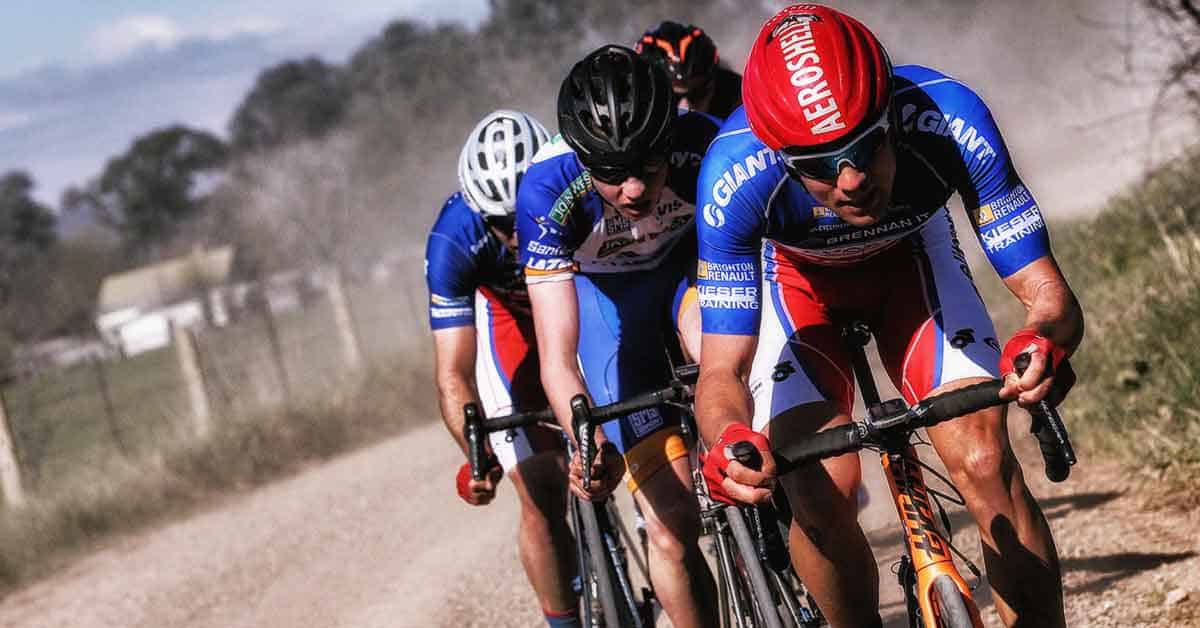
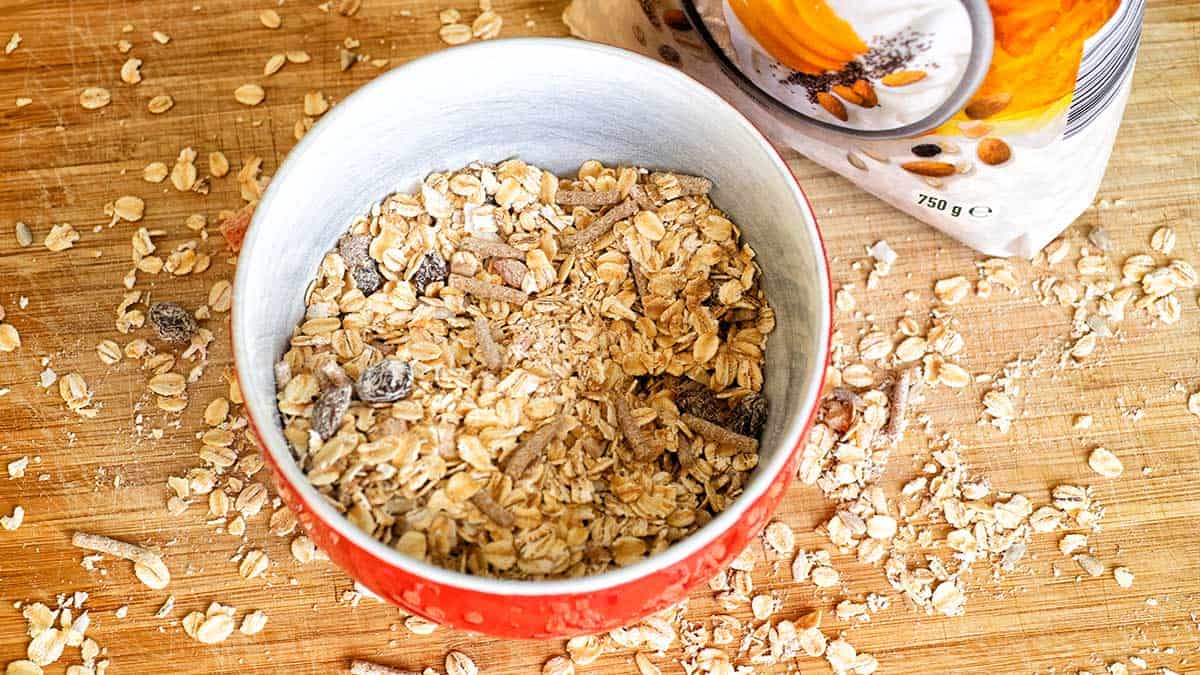
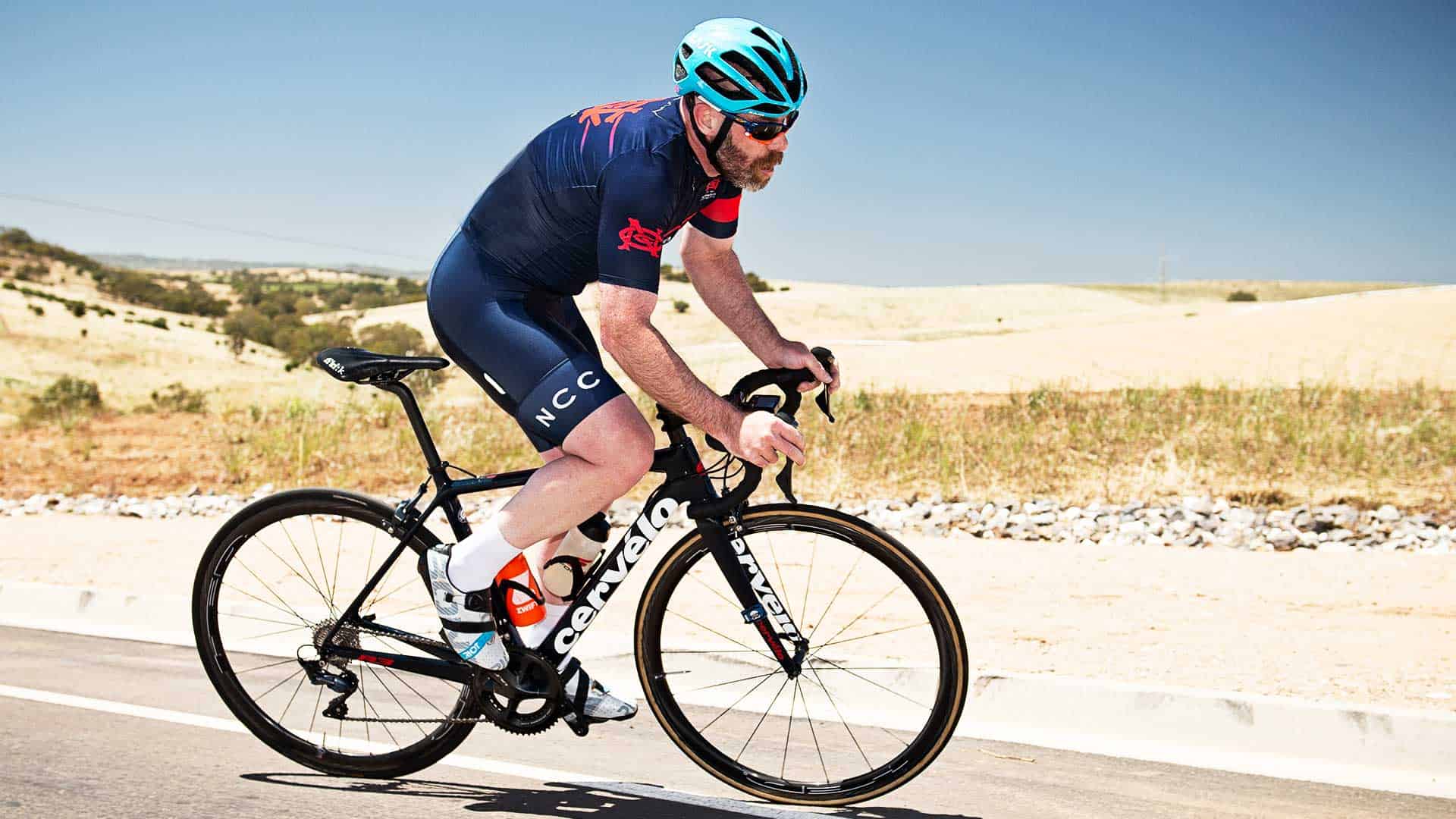
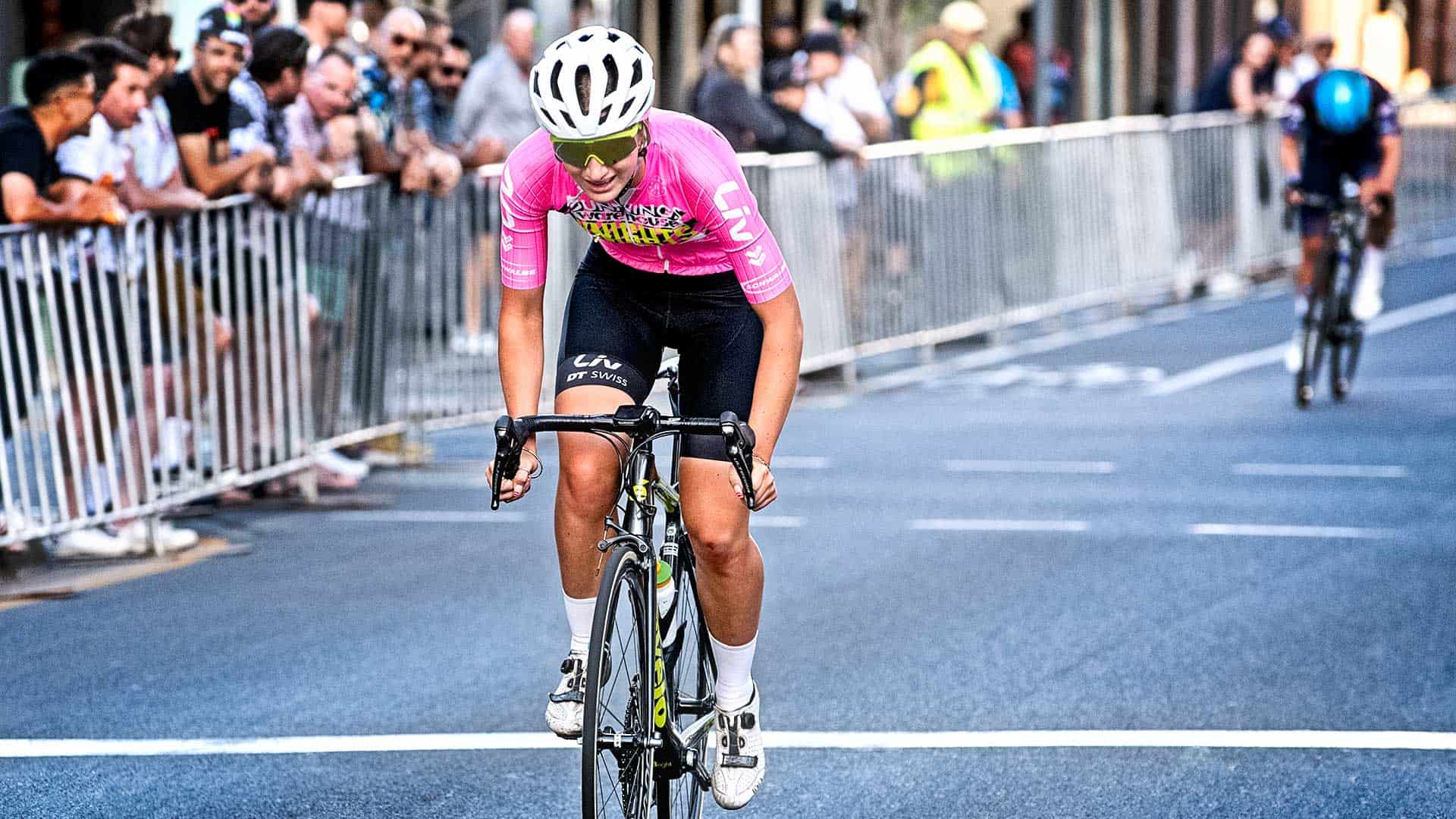
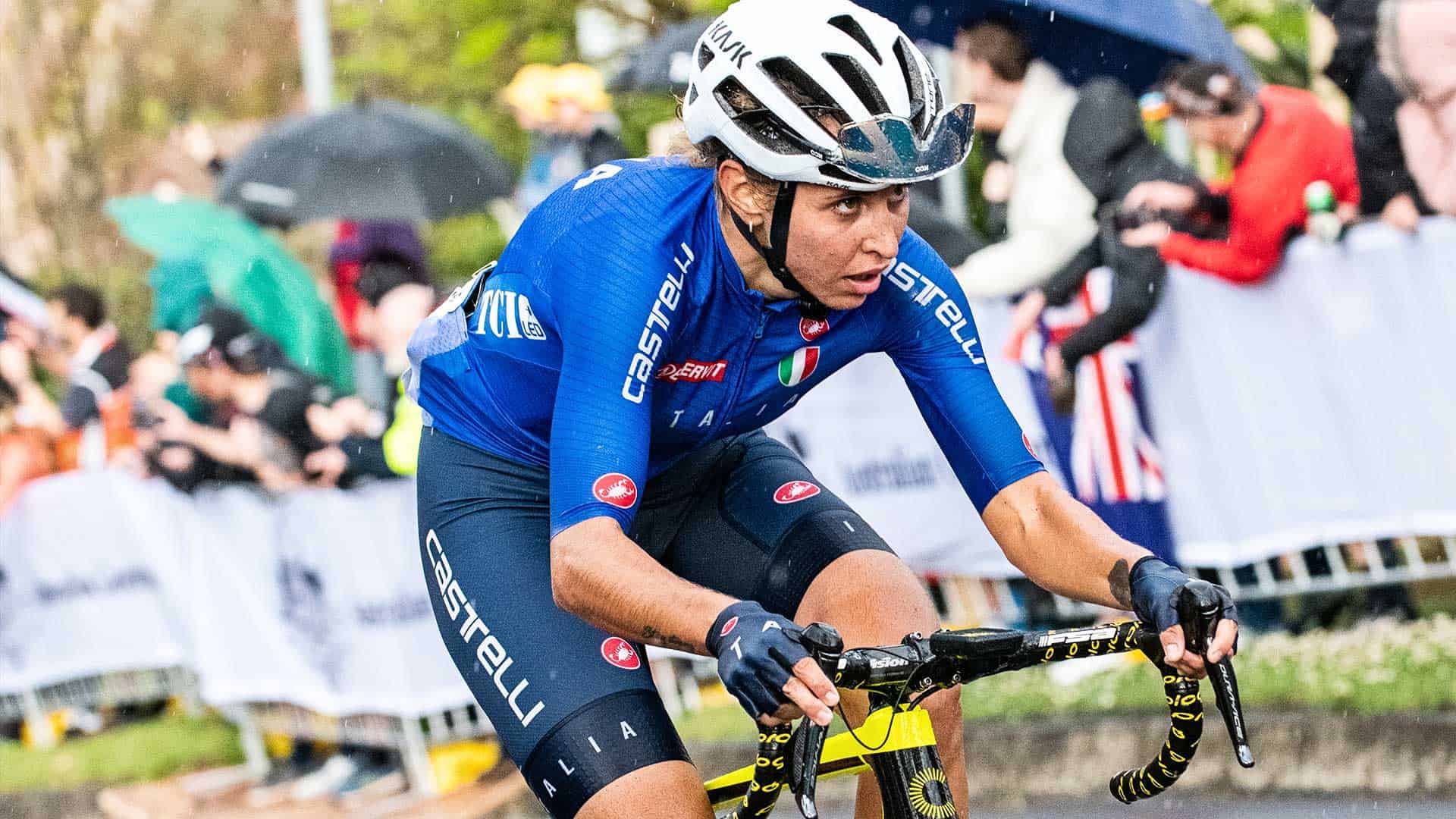
Leave A Comment